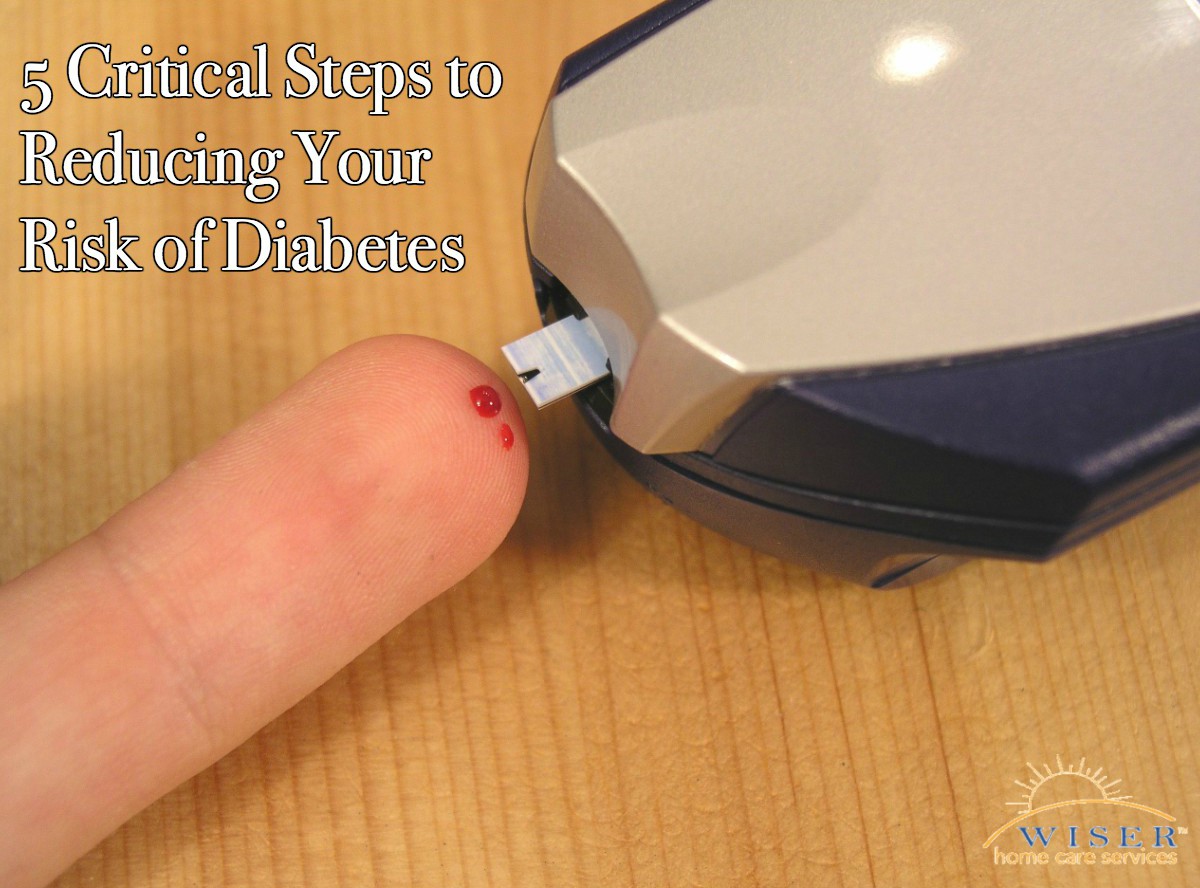Whew! We made it through the long holiday weekend with our sanity intact, our bank accounts in the black and our diets not destroyed. All kidding aside, we hope you had a truly amazing Thanksgiving weekend full of friends, food and good shopping deals. We know we certainly did.
Although the star of November is Thanksgiving, there’s a lesser known but equally important observation during the month of November. What could this be you ask. It’s National Diabetes Month, of course.
Each November, communities, doctors and health care centers nationwide join together to raise awareness of the impact Diabetes has on millions of Americans.
In fact, according to statistics from diabetes.org, in 2015 there was nearly 30.3 million Americans who suffered from Type 1 or 2 Diabetes. In addition, one in three people will develop Diabetes in their lifetime. The numbers are even worse for older Americans with nearly 25% of all loved ones over the age of 65 suffering from the disease. Furthermore, diabetes is the 7th leading cause of death in the United States.
Finally, as if having Diabetes isn’t bad enough, medical costs are twice as high for people with Diabetes than people without. It is estimated that total costs of Diabetes in the United States top $245 billion annually.
There are 3 main types of Diabetes (Type 1, Type 2 and Gestational), with 9 out of 10 of those people suffering from Type 2. Unfortunately, there is currently no known cure for Type 1. However, the silver lining is that the risk for Type 2 can be greatly minimized by making lifestyle changes.
Keep reading to find out how you can lower you and your loved one’s risk of having Type 2 Diabetes.
Before we discuss tactics to lower your risk, you should know what puts you at risk in the first place. The Center for Disease Control lists the following as risk factors:
- Having higher than average blood sugar levels.
- Being overweight
- Being over 45 years old
- Having family members with Type 2 diabetes
- Being physically inactive
So, now that you know the risk factors of Type 2 diabetes, how can you lower risk?
Step 1: Maintain a Healthy Body Weight
As you already know, being overweight is a big risk factor for diabetes. Maintaining a healthy body weight can greatly reduce your risk. In fact, experts claim that every 2.2 pounds lost reduces your risk of the disease by 16 percent.
Step 2: Partake in Physical Activity
Making sure you get an adequate amount of physical activity will not only help you maintain your physical health and a good body weight, it will also help you lower your risk of the disease. Research suggests that the best way to reduce your risk of the disease is aerobic exercise and resistance training.
Step 3: Optimize Your Diet
Optimizing your diet isn’t just about eating healthier food but also eating healthier portion sizes. Smaller portions will help you lose weight by reducing the number of calories you bring in. We recommend limiting fatty foods and replacing sugary soft drinks with water. Make sure to add foods high in fiber such as fruits, veggies, beans, whole grains and nuts.
Step 4: Make Small Changes
We know all these changes can be difficult and time consuming to make. We recommend taking small steps each day towards your health goals. This will make it seem less daunting and more achievable.
Step 5: Remember Your ABCs
If you are prediabetes or on the verge, you should work with your doctor on the diabetes ABCs. According to the CDC, this acronym stands for:
- A —the A1C test, which measures average blood sugar over 2 to 3 months.
- B —blood pressure, the force of blood flow inside blood vessels.
- C —cholesterol, a group of blood fats that affect the risk of heart attack or stroke.
- s —stop smoking or don’t start.
These are just a few of the many ways you can help your elderly loved one reduce their risk of Diabetes. If you would like more help, feel free to reach out to us here at Wiser Home Care Services. We can help your family establish a care plan to personally accommodate your loved one’s needs.

